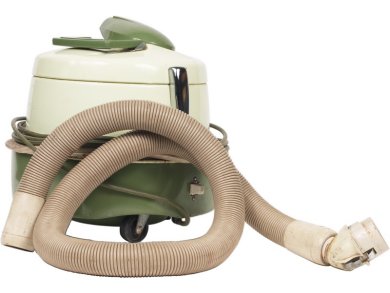Vacuum cleaners should effectively maintain a clean indoor environment where most people spend approximately 90 % of their time. But dust collected by vacuums can be a significant reservoir of bacteria that remain viable for up to two months. These bacteria may become aerosolized when the vacuum cleaner is used if dust is not efficiently retained in the bag or collection chamber. This process has been implicated as a potential mechanism of Salmonella spp. transmission.
Vacuum cleaner motors are a source of fine (<2.5 μm, PM2.5) and ultrafine (<100 nm, UFPs) particles, which in ambient air have been shown to have adjuvant effects on allergic responses by stimulating airway inflammation in both asthmatic and healthy individuals. The specific effects of particles from vacuum cleaners are unknown.
Lidia Morawska, Queensland University of Technology, Brisbane, Australia, characterized both bacteria and particle emission rates from 21 in-use vacuums sold in Australia. The vacuums came from 11 manufacturers, included those marketed for household and commercial use, ranged in age from six months to 22 years, and cost from less than $100 to almost $800. Effects of age, brand, temperature, dust bags, exhaust filters, or price had on the amount of small particles and on bacteria released into air were investigated.
Large variability in emission of all parameters was observed across the vacuums, but all of the vacuums released some fine dust and bacteria into the air. Vacuums with so-called High-Efficiency Particulate Air (HEPA) filters in some cases released only slightly lower levels of dust and bacteria. Newer and more expensive vacuum cleaners were generally less polluting than older or less expensive models.
- Vacuum Cleaner Emissions as a Source of Indoor Exposure to Airborne Particles and Bacteria,
Luke D. Knibbs, Congrong He, Caroline Duchaine, Lidia Morawska,
Environ. Sci. Technol. 2012, 46 (1), 534–542.
DOI: 10.1021/es202946w




